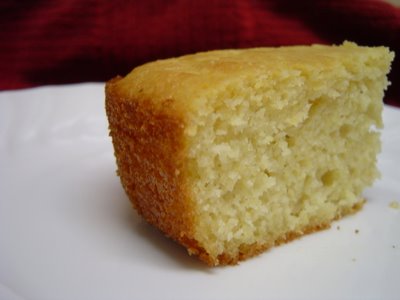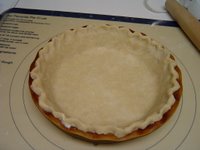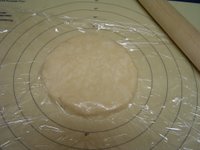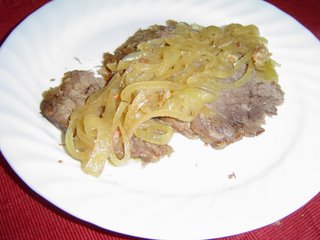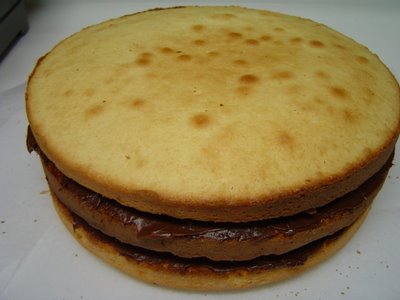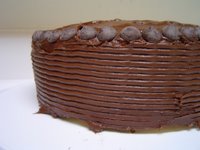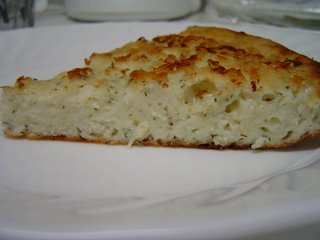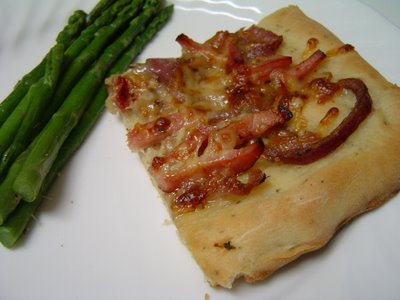Lunchbox: Stuffed Acorn Squash
 Let me start off by saying: I know you have to dig into these to eat them, and tear off the skin to get to the squash, and in doing so it completely destroys the ready-made bowl such to the point that I might as well have diced the squash and made it simpler. But. I could not help myself.
Let me start off by saying: I know you have to dig into these to eat them, and tear off the skin to get to the squash, and in doing so it completely destroys the ready-made bowl such to the point that I might as well have diced the squash and made it simpler. But. I could not help myself. STUFFED ACORN SQUASH
adapted from Bon Appetit, November 1996
5 acorn squash, each about 4-5 inches in diameter
1/3 c brown sugar corn syrup (maple syrup or molasses would work, but it was open from pecan pie)
1/3 c reduced sodium/fat free beef broth
1 Tbsp balsamic vinegar
1 lb lean spicy turkey sausage
1/2 c diced red bell pepper
1 small onion, diced
1 c frozen small peas
grinding black pepper
1/4 tsp salt
1/2 c dry breadcrumbs
Preheat oven to 400 F. Take the squash and carefully with a serrated knife cut off the tops and bottoms of the squash. Scoop out the seeds and stringy flesh in the interior so you have a hollowed-out squash shell; discard innards. Place squash in a foil-lined roasting pan. Mix together the corn syrup, broth and balsamic and brush about half of the mixture on the interior sides and the tops of each squash bowl. Place the squashes in oven and bake for about 30 minutes.
Meanwhile, in a skillet over medium-high heat break up the turkey sausage and let cook until just about done. Drain, reserving the drippings in the skillet, and remove to a large mixing bowl. In the same skillet cook the red pepper, onion, and peas in the drippings about 3-4 minutes or until tender. Add to the bowl with the sausage.
To the sausage mixture add a good grinding of black pepper and the salt. Spoon in 4 Tbsp of the broth/syrup/vinegar and sprinkle in the breadcrumbs. Mix together gently, but breaking up the larger pieces of sausage as you go, until you've reached a moist filling that compacts easily.
Once you can start piercing parts of the squash easily with a fork, remove the pan from the oven but keep it at 400. Brush the interiors of the squash again with the syrup mix. Divide the turkey sausage mix among the squash hollows (at least 2/3 of a cup; a larger squash may hold more), pressing the mixture in to fill the inside. Brush the tops of the squash and filling again with the syrup mix and return pan to the oven.
Bake until squashes are fork-tender . . . if the filling begins to brown, crimp some foil over the pan but continue baking until squash is done.

